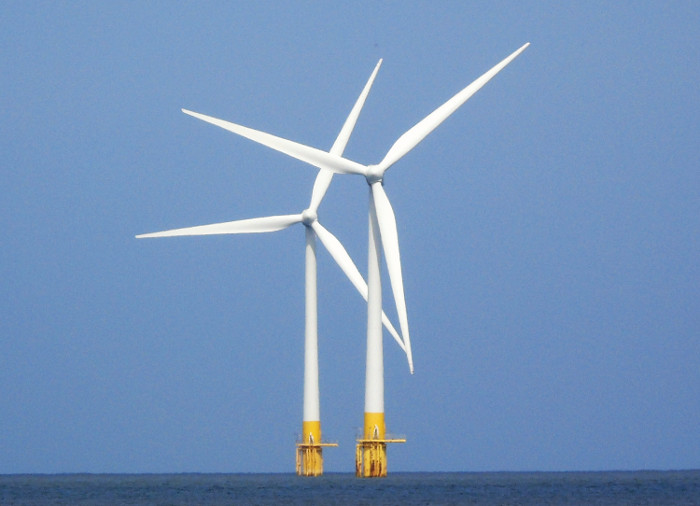With offshore wind taking off in the US Barry Parker reviews a report by classification society ABS evaluating the US offshore wind industry’s readiness to deliver the 40 gigawatts of capacity the International Energy Agency estimates will be installed by 2040.
The comprehensive document is titled – Positioning for US expansion: US ports and innovation.
It’s worth re-stating the obvious- from a sentence in the report’s conclusion: “The construction and maintenance of offshore wind projects calls for a combination of expertise that is comparatively new to the US market and requires a variety of specialist support tonnage.”
The document highlights the services that ABS, already a leader in classification and engineering of vessels supporting offshore fossil fuels exploration and production, can provide to this burgeoning market segment.
With a market developing so fast, the report provides a good overview of pending projects in the states along the US East Coast. Happily, the document steers away from politics- the names “Biden” or “Trump” do not appear at all! But, instead, readers are pointed towards the practical sides of issues surrounding what types of vessels will be needed, and the myriad of possible engineering challenges and solutions, surrounding vessels (including barges), but also land-side infrastructure
The Jones Act is over-arching; it is a set of rules reserving most of the activity offshore for US built, owned and crewed assets, injects some uniquely U.S. practices and legal infrastructure into shipbuilding and operations. At the end of 2020, the US Congress did establish that rules pertaining to offshore U.S. oil and gas (mainly in the Gulf of Mexico) would also apply to activities in the wind energy sector- which will initially be concentrated along the mid and northern Atlantic states.
This report does not break any new ground, but it does an exceedingly good job of gathering and summarizing information and facts that are readily available- but not always in one place.
Of course, in between the factoids and valuable information, the report implicitly pitches ABS services- which, if recent developments are any guide, are almost de rigueur for any serious projects in the States. Consider that ABS will be classing a Wind Turbine Installation Vessel (WTIV), to be built in Texas, for work offshore Virginia- in a project that could see 1.3 gW of power generation, using 14 mW turbines with 222 metre rotor diameters of the blades, in its first phase.
Additionally, the Houston based Classification Society will be classing a Service Operations Vessel (SOV) to be built in the U.S. Gulf for a triad of projects in waters off the New England coast.
In both cases, the ABS role includes much needed technical advice, as well. Importantly, needed vessel designs are not “cookie cutters”, taking a northern European design, for example, and putting a US flag on it, or retrofitting a laid up Platform Supply Vessel, Instead, vessel designs must comport with the entirely new port infrastructure and fresh supply chains to be built out in the States, a fact not lost on the authors of the ABS compilation.
So, wind vessel designs must thread a needle between bespoke/ fit for purpose, and overall versatility and suitability for employment at a different windfarm, 10 years hence.
Like other Class societies, ABS also has its eyes on the long game, offering that: “As the leading provider of classification services to the global offshore industry, ABS is in a unique position to support the new vessels serving the evolving fixed and floating offshore windfarm turbine market. Floating wind does not feature, yet, in the States. Unlike the US East Coast, when the talk turns to California- water depths fall off dramatically, with designs for “floaters” already on the drawing board.
Source: Seatrade Maritime






